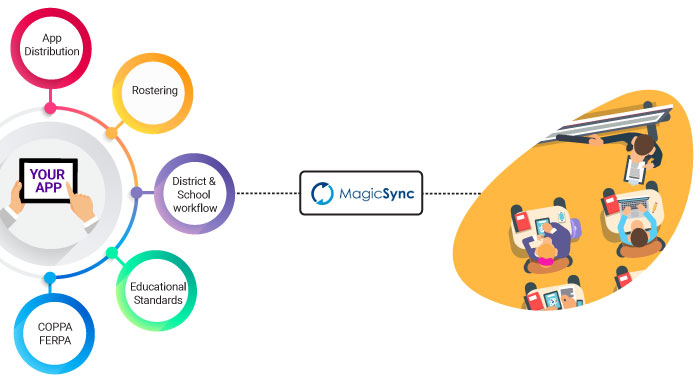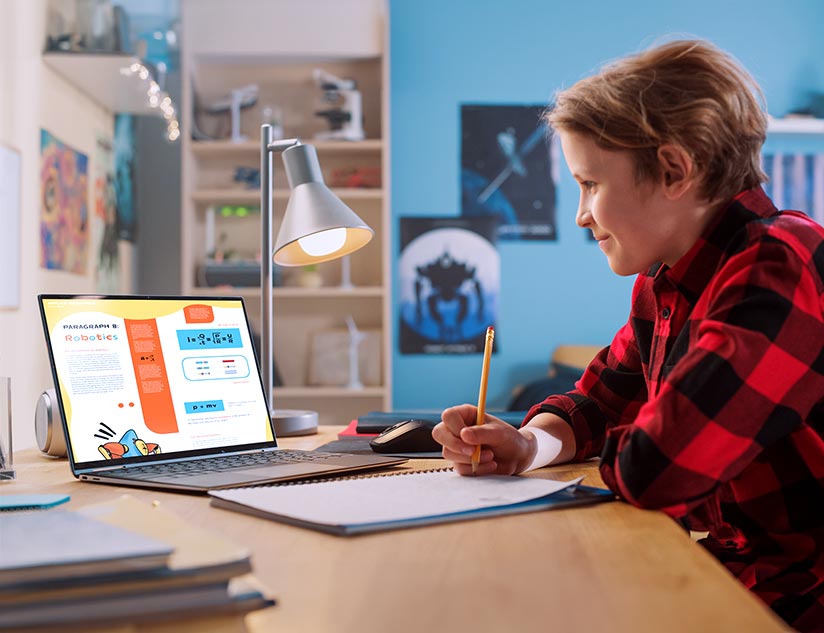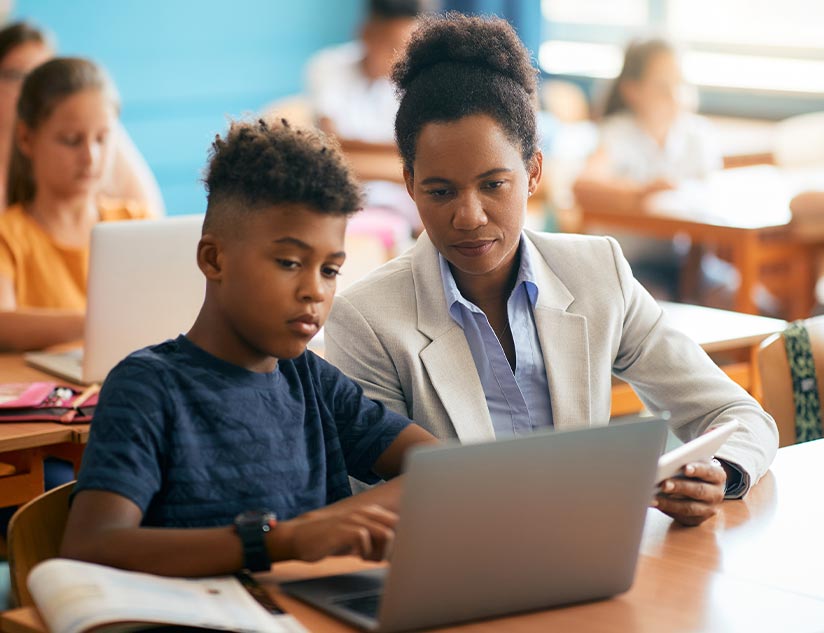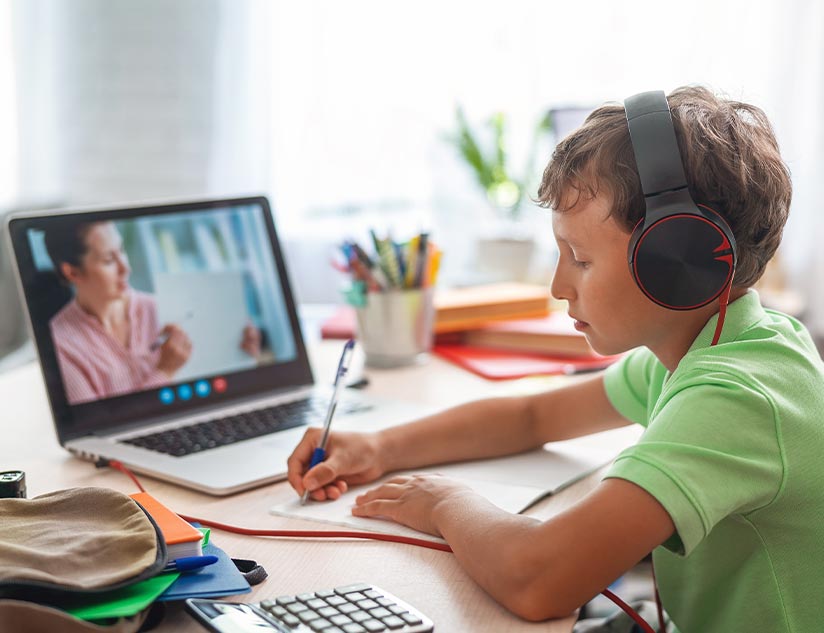How to Design an Effective E-Learning Strategy for the Classroom?
January 16th, 2020
For educators and educational publishers, the goal is to provide educational content in a way that maximizes learning outcomes. This can only be achieved when the course is both flexible and personalized to the different learning styles of individual students. Fortunately, the advent of e-learning platforms has made it fairly easy to provide just such learning experiences, allowing each student to learn at their own pace.
Not all eLearning courses are as effective. It takes great design, high-quality content, and ease of navigation to build the foundation of a great digital learning experience. At the same time, the content needs to be presented in a way that engages the learner and motivates them to seek further information. This is where a good strategy for eLearning in the classroom setting is required.
Here’s a look at some key aspects to keep in mind while formulating an e-learning strategy that facilitates classroom learning.
1. Meaningful Content
The first step is to curate high-quality content that is relevant and on-topic. Also, the content needs to be specific, arousing curiosity in the learner to find out more about the topic. Consider including microlearning segments, as teasers or introductions to new concepts and as a way to summarize key learnings. These easily digestible nuggets of information prove very effective in promoting understanding and retention. A robust e-learning platform will help you organize your content structure in a logical sequence, so that learning flows smoothly through the entire syllabus. Choose the digital learning platform carefully, such that it integrates easily with the existing school ecosystem. For instance, MagicBoxTM platform helps educational institutes sync their existing rostering information and education standards, such as Clever, Google Classroom, OneRoster, LTI, ClassLink or CSV files. Creating microlearning content is also convenient, with the platform offering the facility to easily convert static content with the click of a button.

2. Make it Interactive
Today’s students don’t want to be passive recipients of information, bound within the four walls of a physical classroom. To engage these tech-savvy students, integrate multiple content formats, such as audio clips, videos, 3D graphics, animation, PPTs and more. Also, integrating interactive elements and real-life situations prove to maximize engagement. All this also helps to make even the most complex topics easier to understand and fun. In addition, it offers the learner first-hand experience of applying what they’ve learned in a real-world situation. Consider adding gaming elements, such as leaderboards, to keep the motivation levels up.
3. Offer Multiple Resources
Don’t limit the content available to students to the syllabus alone. Integrate additional resources, so that anyone interested in learning more about any topic can explore further. Hyperlink to other pages, related issues and more. Being able to access additional information will pique their interest and keep them coming back for more. It will also help students discover where their interests lie, while helping them gain a deeper understanding of the subject.
4. Include Quizzes and Assessments
Interactive quizzes with real-life problems not only help students test the knowledge they have acquired, they also offer feedback to the course creator regarding the efficacy of their eLearning strategy. Of course, assessments are an essential part of K-12 education. Choosing the right platform for eLearning in the classroom can help teachers customize assessments and create their own quizzes that make learning fun.
5. Promote Collaborative Learning
Online forums, group discussions, online chats, etc., can enhance learning outcomes. Collaborative learning works exceptionally well for the Gen Z student, who thrive on social media and human interaction. Collaborative learning also helps provide a supportive environment for learning. Students can share their experiences and explore new topics together, which makes even difficult topics appear less frightening to explore.
Ultimately, the success of your digital learning strategy will depend on your choice of eLearning platform. Make sure you choose the right solution that offers additional features, like an integrated eCommerce store, where students can seek further information, is compatible across multiple devices and allows offline reading too. These additional features can make the difference between success and failure of your eLearning strategy.
Know more about MagicBox and how it can help create an effective e-learning strategy for the classroom!














